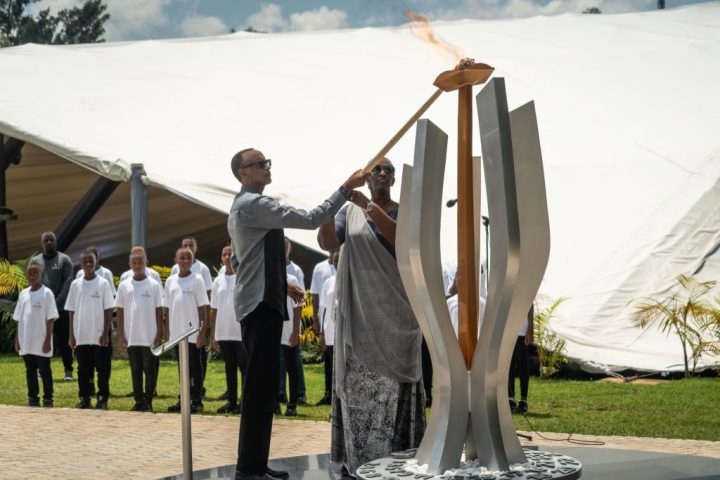Today a solemn ceremony takes place in Rwanda’s capital. President Paul Kagame, flanked by international dignitaries – including our own development secretary Andrew Mitchell – will light a flame of remembrance at Kigali’s genocide memorial, where the bones of more than 250,000 people are interred.
‘Kwibuka’ (‘Remember’ in Kinyarwanda) – this act of commemoration – happens every April.
Already a subscriber? Log in
Subscribe for just $2 a week
Try a month of The Spectator Australia absolutely free and without commitment. Not only that but – if you choose to continue – you’ll pay just $2 a week for your first year.
- Unlimited access to spectator.com.au and app
- The weekly edition on the Spectator Australia app
- Spectator podcasts and newsletters
- Full access to spectator.co.uk
Or




















Comments
Don't miss out
Join the conversation with other Spectator Australia readers. Subscribe to leave a comment.
SUBSCRIBEAlready a subscriber? Log in